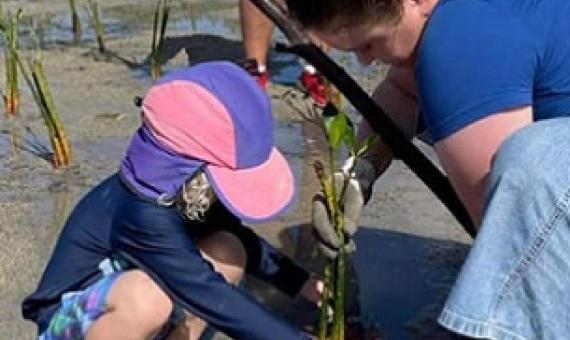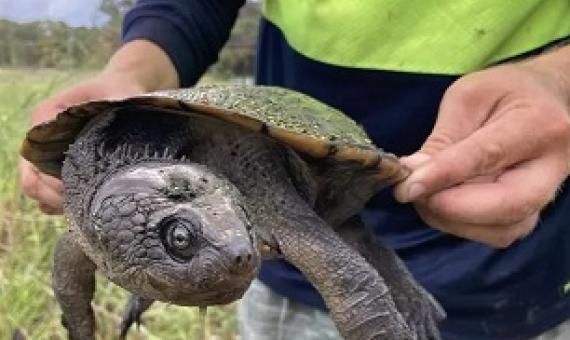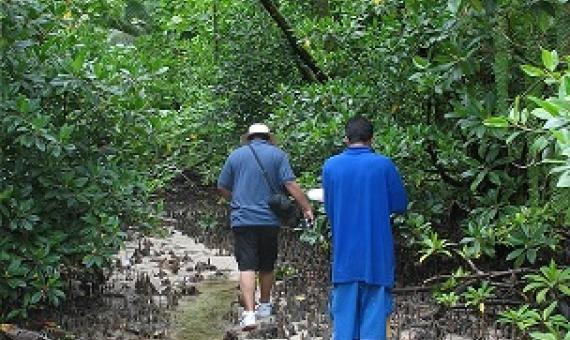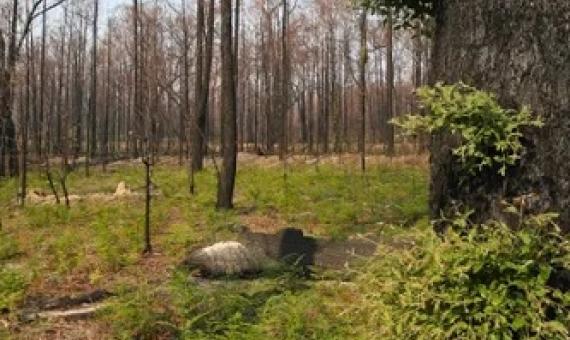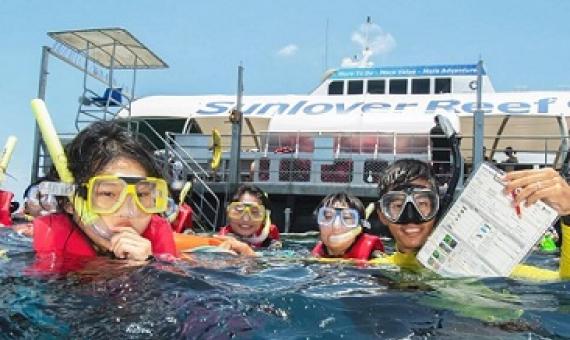About 6,000 mangroves seedlings were planted at Sopu, in Nuku'alofa, under the 1 Million Trees project of the Department of Environment and Climate Change and NGO Tonga Citizens Science Initiative.
Participatory monitoring drives biodiversity knowledge in global protected areas
Protected areas are central in strategies to conserve biodiversity. Effective area-based conservation relies on biodiversity data, but the current biodiversity knowledge base is insufficient and limited by geographic and taxonomic biases. Public participation in biodiversity monitoring such as via community-based monitoring or citizen science increases data collection but also contributes to replicating these biases or introducing new ones.
Over recent decades, community-based environmental monitoring (often called "citizen science") has exploded in popularity, aided both by smartphones and rapid gains in computing power that make the analysis of large data sets far easier.
Citizen science is ripe with benefits.
The possibilities of citizens to participate in natural resource governance are increasing.
Australians are being asked to join a mass citizen science program to photograph how the nation’s habitats and wildlife are responding in the wake of the unprecedented bushfire crisis.
The first Great Barrier Reef night and day citizen science program aligned with the Australian school curriculum has been launched by Sunlover Reef Cruises...Sunlover’s Marine Biologist for a Day program has experienced phenomenal growth over the past two years attracting school groups from aroun

